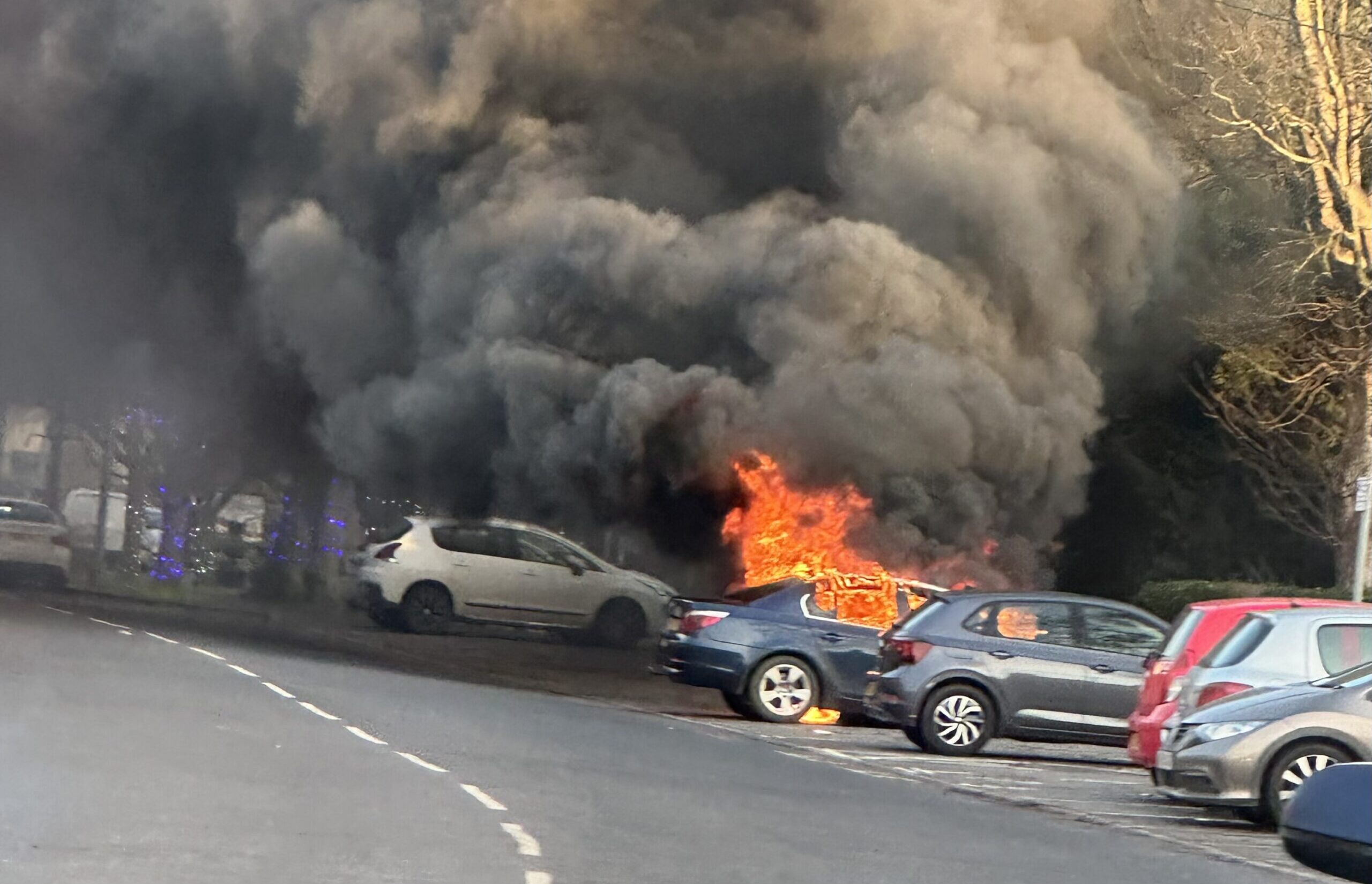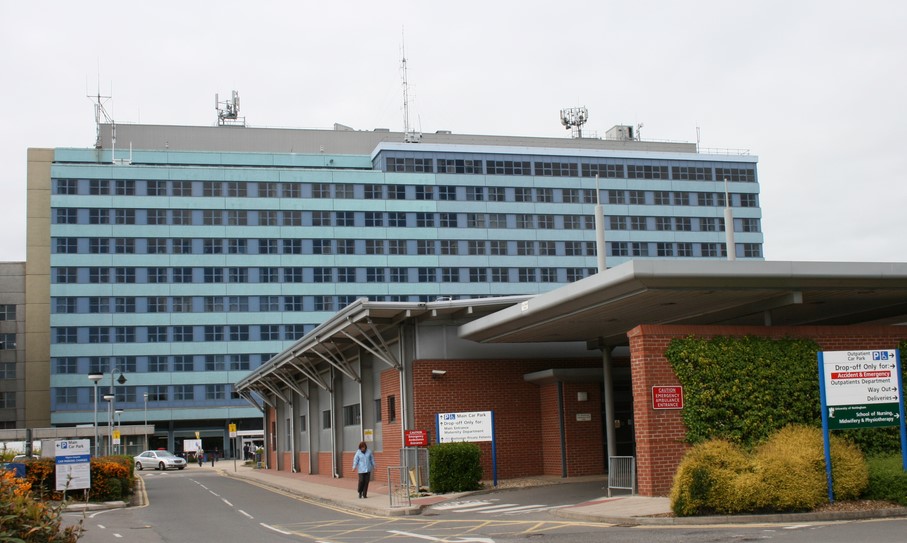Lincolnshire County Council faces significant challenges as it seeks to further reduce its carbon footprint, particularly in schools, a new report reveals.
The authority’s Carbon Report for 2022-23, presented to the council’s Environment and Economy Scrutiny Committee on Tuesday, shows that schools are the leading gas consumers, greenhouse gas emitters, and oil consumers in the county compared to any other council buildings.
The county council has reduced its greenhouse gas emissions by 51.4 per cent since 2016/17, the report says.
It is attributed to decreased electricity use, estate downsizing, energy efficiency investments, and the decarbonisation of the electricity grid.
However, the report cautions that most “quick win energy savings” have been achieved, and future carbon-saving projects might increase operational costs.
It states schools in Lincolnshire produced 2,270 tonnes of CO2 emissions from their gas consumption in 2022-23, surpassing the emissions from LCC’s own buildings, which totalled 2,258 tonnes of CO2.
Despite significant reductions in gas consumption over the years, schools emitted 12,461,612kWh in 2022-23, a figure that exceeds emissions from LCC’s buildings, which stood at 12,392,095kWh.
Oil consumption in schools is also concerning, with schools using 3,688,436kWh, significantly more than the LCC’s buildings at 622,484kWh.
This consumption resulted in 906 tonnes of CO2 from schools, compared to just 153 tonnes from Lincolnshire County Council’s buildings.
The report acknowledges a significant reduction in emissions in 2022-23 due to warmer weather, but highlights the challenges posed by schools housed in Victorian-era buildings.
“The council has a large number of older buildings which are difficult to make energy efficient,” it states. “Many of our schools have at least parts that are from the Victorian era, and it will be a challenge to make these buildings energy efficient and net zero carbon.”
Coun Mrs Patricia Bradwell OBE, executive member for children’s services at LCC, highlighted the national funding sources available to schools for energy efficiency.
“This has been used to upgrade boilers, install LED lighting, improve roof insulation and other beneficial measures,” she said.
She also mentioned the recent £500 million Energy Efficiency Grant provided by the DfE to shield schools from rising energy costs.
“The funding was for improvements to help schools better manage their energy usage, which will also bring environmental benefits,” she added.
Coun Colin Davie, executive member for economic development, environment, and planning at LCC, added: “The council continues to work hard to reduce its carbon footprint, and we remain committed to helping the UK become net-zero by 2050.
“There was greater use of coal-fired and gas power stations by energy providers in winter 2022/23, leading to an expected increase in greenhouse gas emissions related to our electricity use in 2023/24.”
* The county council has reported a 45 per cent reduction in electricity consumption from street lighting since turning most of them off at midnight.
The move has also seen a 74.2 per cent decrease in emissions from streetlights over the same time.
According to the council’s carbon report for 2022/23, streetlight energy consumption has dropped from 19,731,361kwh to 10,840,612kwwh.
Concurrently, greenhouse gas emissions have dropped from 8,130 tonnes of CO2e to 2,096.
The Streetlighting Transformation Project is credited as the biggest factor in the reduction.
The lighting changed in 2016/17 and alongside the swtich-off, LED lights have been installed.
Coun Richard Davies, executive member for Highways, said: “The project was pivotal in this reduction, which has been followed by the ongoing conversion of non-LED lights to LED.”
He confirmed the council’s commitment to its current plans, indicating no forthcoming changes in policy or projects for the scheme.
The 2016 decision to switch off the streetlights sparked controversy at the time.
There have been calls for the reinstatement of lighting all night, with fears of potential crime voiced by residents and opposing council members.
The county council has maintained there is no link between the lack of lighting and crime.
Labour Coun Kev Clarke said the concerns remained nevertheless.
“There have also been several break-ins, and we genuinely don’t want the streetlights off,” he said.
Only four locations have had the lights re-activated at the request and cost of one parish council.
A report outlining the carbon saving as a result of the part-night lighting system was presented to the Environment and Economy Scruting Committee on Tuesday.
Colder winter and higher heating demands may see greenhouse gas emissions related to electricity use in 2023/24 be slightly higher than last year.
“The council continues to work hard to reduce its carbon footprint, and we remain committed to helping the UK become net zero by 2050,” said Coun Colin Davie, executive member for development, environment and planning.







